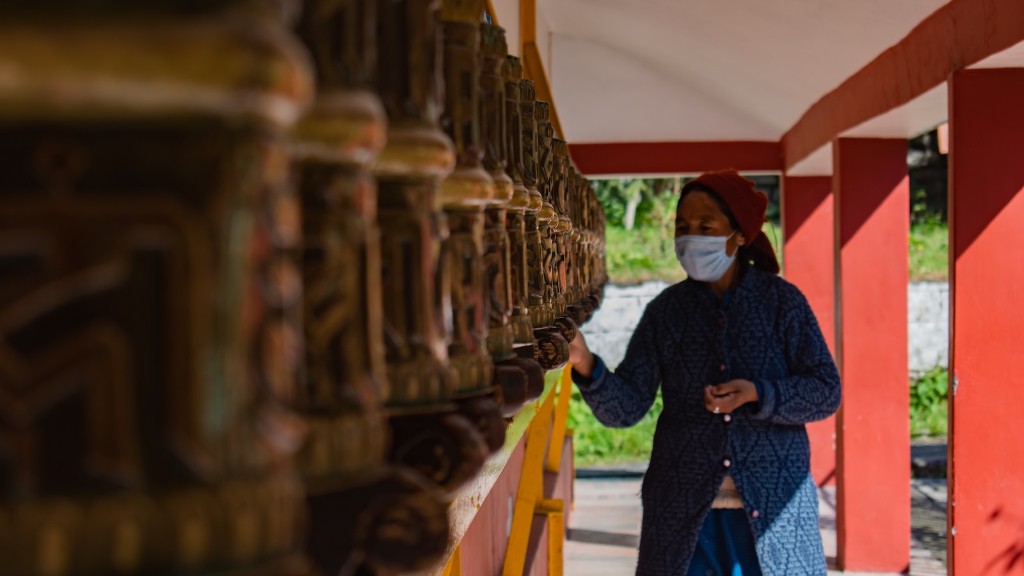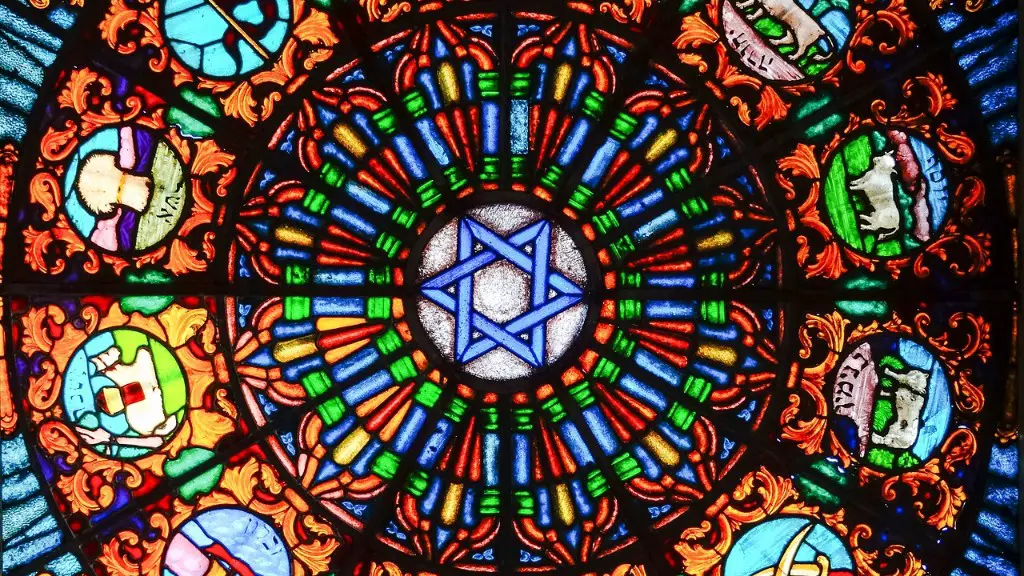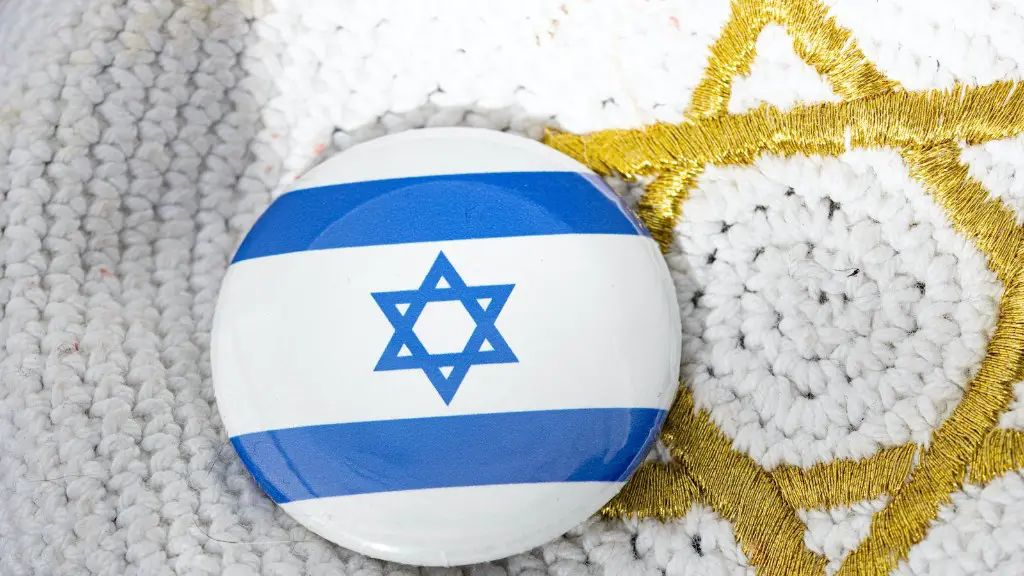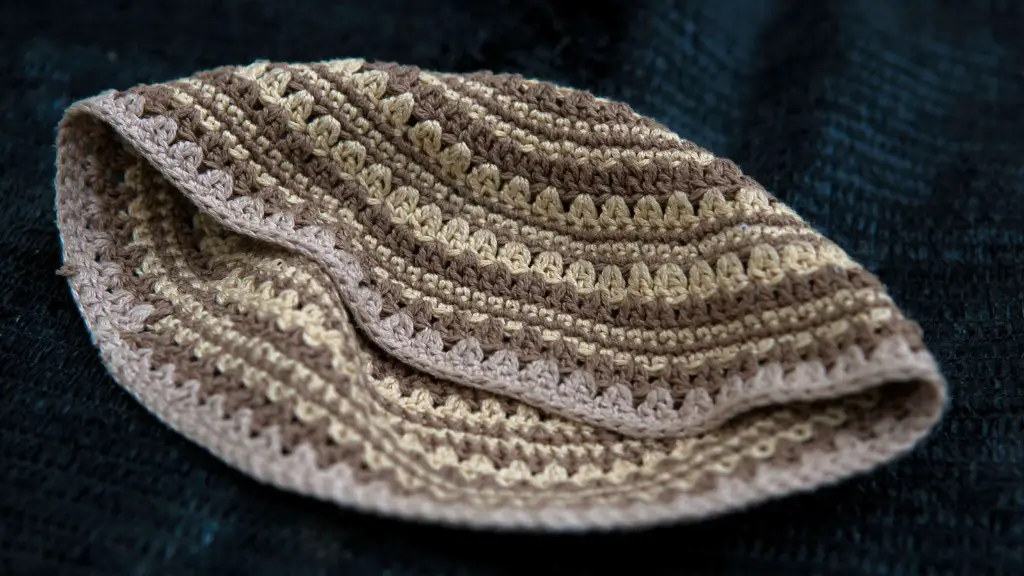Rosh Hashanah
Rosh Hashanah is one of the holiest days of the year for Jews and is celebrated at the beginning of the Hebrew month of Tishrei, usually in late September or early October. It marks the start of the Jewish calendar year and is considered the Jewish New Year. The literal translation of Rosh Hashanah is “the head of the year.”
Rosh Hashanah is the first of the High Holy Days, and it stretches for two days in the Diaspora. During the High Holy Days, Jews seek to obtain atonement for their sins through repentance and prayer. Rosh Hashanah and Yom Kippur are traditionally referred to collectively as the Yamim Noraim, or Days of Awe.
The traditional greeting is shanna tova, which means “a good year.” Rosh Hashanah is a very important holiday where Jews reflect on their year and the past. They spend the day fasting and in prayer, but also typically eat traditional foods such as apples and honey, symbolizing their desire for a sweet new year.
The most important part of Rosh Hashanah is the Tashlich ceremony. During this ceremony, Jews symbolically cast away their sins into a body of water by symbolically throwing bread crumbs into it. This is a reminder of the need for repentance for our sins.
Rosh Hashanah is also known as the Day of Judgment, Yom Ha-Din. On this day, God judges all people according to their actions during the past year and seals their fate for the coming year. As such, it is a time for repenting and making amends with those we have wronged during the past year.
Rosh Hashanah is a joyous day, as it marks a new beginning in the eyes of God. Many families also celebrate this day by gathering together and sharing a meal.
Yom Kippur
Yom Kippur is the most important day of the year for Jews. It is the holiest day of the year and a day of fasting, most of which is spent in synagogue. Yom Kippur means “Day of Atonement” and marks the end of the High Holy Days. It is the last of the Ten Days of Repentance, which are spent reflecting on one’s sins, repenting, and making amends with those one has wronged.
Yom Kippur is considered to be a judgment day, where the Book of Life is opened and God examines the deeds of every person and decides their fate. There is a special prayer, the Kol Nidre, which is recited by the congregation in the synagogue. This prayer sets apart the Jewish people from the rest of the world and allows them to atone for their sins.
The day is spent in prayer and reflection. On Yom Kippur, it is customary to abstain from food and drink for twenty-five hours. During these twenty-five hours, Jews are expected to focus on repentance and atonement for their sins. This is done by fasting and reading from the Torah.
At the end of the day, Jews break the fast with a meal and the traditional prayer of Ne’ila. This is a prayer for forgiveness. After the Ne’ila, the litany of Selichot is said in place of the regular evening prayers. This prayer expresses the hope that God will forgive their sins.
Yom Kippur is a special day for all Jews, regardless of whether they are religious or secular. It is a unique opportunity to reflect on one’s life and renew their covenant with God.
Hanukkah
Hanukkah is an eight day festival of lights celebrated by Jews in commemoration of the rededication of the Second Temple in Jerusalem in the second century BCE. The holiday is celebrated with the kindling of lights on a menorah, as well as songs, games, special food, and gifts for children. Hanukkah is a joyous and festive holiday that is celebrated with family and friends.
The holiday is celebrated over eight days, beginning on the 25th day of Kislev, a month in the Jewish calendar. On each of the eight nights, a candle is lit in a menorah, a special nine candle holder. The Shamash, or middle candle, is lit first and then used to lit the other candles. The middle candle is lit first and last every night.
During Hanukkah, it is customary to eat special foods, including fried dishes such as latkes (potato pancakes) and sufganiyot (doughnuts). These dishes are cooked in oil to commemorate the miracle of Hanukkah, where a small amount of oil burned for eight days instead of one. This miracle is commemorated in the song ‘Maoz Tzur’ which is sung during the lighting of the menorah.
Hanukkah is a joyous holiday that is often celebrated by gathering with family and friends. In addition to the candle lighting and festive meals, there are also special games that are often played, such as Dreidel. Dreidel is a four-sided top with Hebrew letters on each side that is spun on a table, with each person betting pieces of candy.
Hanukkah is a time of joy, celebration, and the reaffirmation of faith. Its enduring popularity and observance is a testament to its universal appeal and message of peace and hope.
Purim
Purim is a joyful Jewish holiday that commemorates the deliverance of the Jewish people from a wicked Persian viceroy named Haman. The holiday is marked by the giving of food gifts, charity, and festive occasions that remind its celebrants of the importance of faith and good will.
The story behind Purim is told in the Book of Esthers. It begins when King Ahasuerus of Persia had his wife replaced as queen. He then held a beauty pageant to find a new queen, and a Jewish girl named Esther won. The wicked Haman plotted to kill all the Jews in Persia, but Esther and her uncle, Mordechai, were able to foil his plan.
Purim is observed on the 14th day of the Hebrew month of Adar. On this day, Jews gather in their homes and read the book of Esther. During the reading, groggers are used to drown out Haman’s name. This is done to remember and reject the evil that he represented. After the reading, it is traditional to give gifts of food to friends and family.
The most popular Purim custom is the giving of Mishloach Manot. These are baskets of treats that are given to family, friends, and the poor. The baskets contain two different types of food and at least two portions of each. It is a way of celebrating the spirit of fellowship and love among all people.
Purim is also known for its costumes, singing and dancing. Children often dress in costume to symbolize the bravery of Esther and Mordecai. The traditional Purim song is called the “Haman Arora” or “Haman the Wicked.” Purim is a very joyful holiday that is celebrated with much joy and mirth.
Passover
Passover, or Pesach, is one of the most important holidays in the Jewish calendar. It is a seven-day celebration of the Jewish people’s deliverance from slavery in ancient Egypt and their journey to freedom in the Promised Land.
The Passover story is recorded in the Biblical book of Exodus. It tells of how Moses led the Jewish people out of Egypt, where they had been enslaved. The story includes ten plagues that God sent to convince Pharaoh to free the Israelites. On the night of the tenth plague, God passed over the homes of the Israelites, hence the name “Passover.”
The most important Passover ritual is the Seder meal. This is a festive gathering of family and friends where a special meal is eaten and the story of the Exodus is recounted. During the Seder, the youngest child present is given the task of asking the Four Questions. These are questions about the meaning of the Passover ritual.
During Passover, Jews are required to eat only unleavened bread, known as matzah. This is a reminder of the haste in which the Israelites had to leave Egypt. Jews also avoid eating leavened foods such as bread and pastries during Passover in order to commemorate their ancestors’ deliverance.
Passover is a joyous and meaningful holiday in the Jewish calendar. It is a time to come together as a family and celebrate the gift of freedom.
Shavuot
Shavuot is a Jewish festival that takes place fifty days after the second day of Passover. It is a time of joy, remembrance, and celebration of learning. The holiday is marked by the reading from the Torah, learning, and the consumption of rich dairy foods such as cheesecake and blintzes.
The festival celebrates the giving of the Torah at Mount Sinai. According to tradition, the Israelites arrived at the mountain on the day of Shavuot and received the Ten Commandments. It is believed to be the most important day in the Jewish calendar and is marked by a seven-day period of rest, reflection, and prayer.
The most important part of the festival is the reading of the Ten Commandments in the synagogue. This is often accompanied by teachings, lectures and discussions on the meaning of the commandments. Jews also often stay up late on the first night of Shavuot to study Torah. This is done in memory of the Israelites’ vigil at Sinai.
Another traditional part of the festival is the eating of dairy foods such as cheesecake, blintzes, and the famous Israeli breakfast dish called Shakshuka. As these foods are associated with fertility, they are believed to be a symbol of the fertility of the land of Israel.
Shavuot is an important reminder of the powerfulness of the Torah and its teachings. It is a time for Jews to rejoice in the covenant made between God and the Israelites and to celebrate their freedom.



